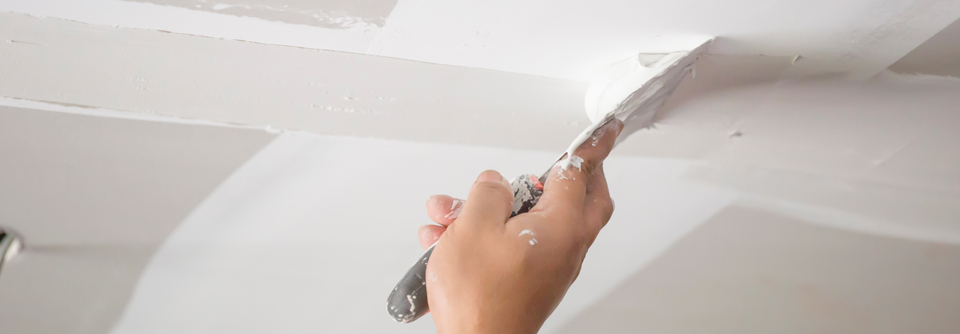
Causes of Damage to Drywall, and Drywall Repairs
Posted on April 5, 2019
Drywall makes up most of our interior walls. In doing so, it takes quite a beating. Damage on drywall can show through a painted surface if it’s not repaired properly. The experts at CertaPro Painters are also trained in drywall repairs to give your walls a beautiful finish. Wall prep is important for a quality finished surface. Here are the 5 most common drywall issues we deal with here in Indianapolis.
1. Nail Pops
Sometimes nail heads can pop through the drywall causing annoying circles in your perfectly painted walls. This happens as drywall screws or framing nails move from structural or settling tension in the walls. Do not grab a hammer to smack it back in as you could cause more damage to the wall. Reset the nail or screw if needed and use the back end of a screwdriver to create a divot with the nail head in the center. Use joint compound to fill the area. Allow drying time, sand and paint.
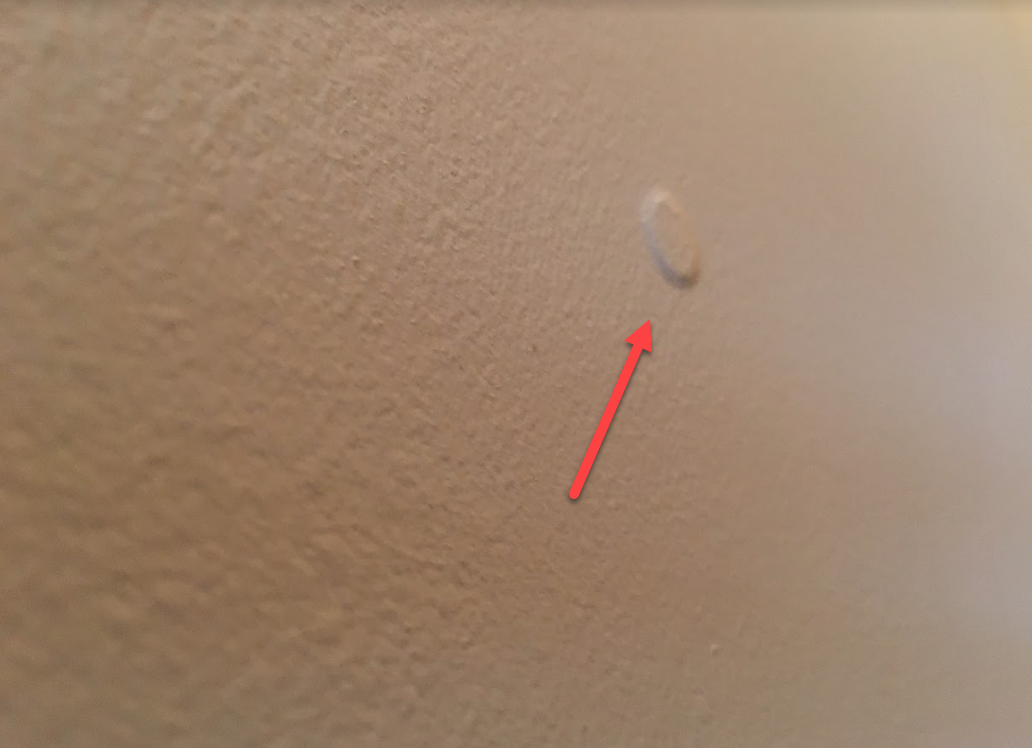
2. Cracks
Cracks can turn up over time in your home, signaling anything from a moisture issue to a settling foundation. Drywall that wasn’t initially installed properly can cause future cracks down the road. Not all drywall cracks are major issues, especially for new homes. Some degree of settling cracks are expected to show up over the course of the first 10 years after built.
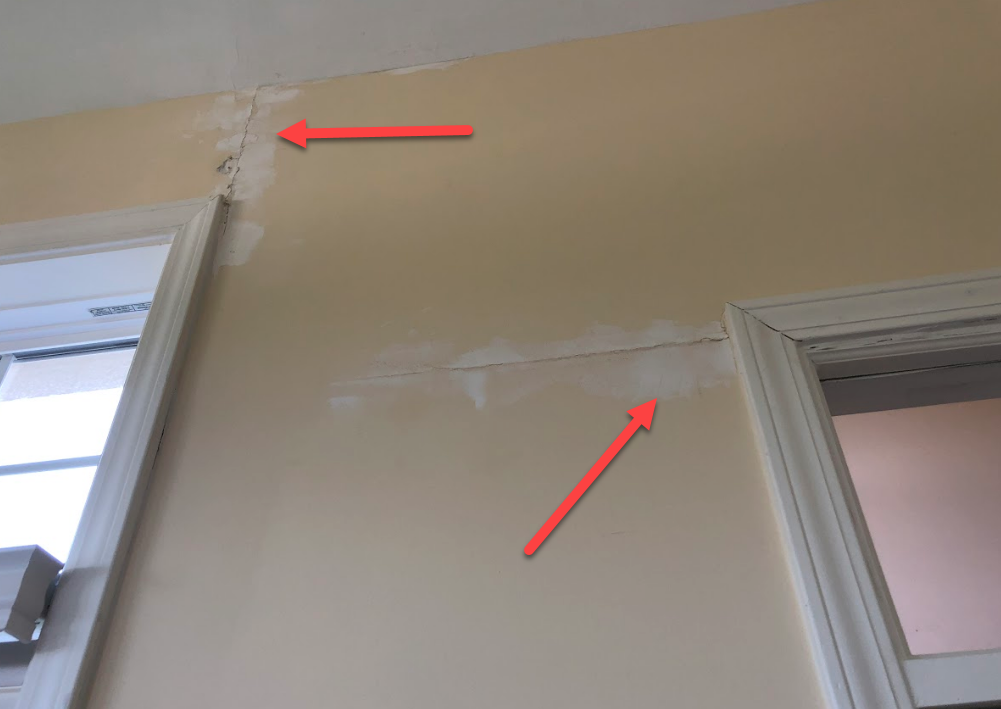
3. Joint Seams
Seams of drywall can deteriorate over time causing the tape to show through or the compound to crack and fall off. A repair means you will need to remove the damaged tape, spread joint tape over the area, and spread a thick layer of joint compound over it. Ample dry time is necessary. Repeat compound step if needed, then sand and paint the area. Many homes in Indianapolis built in the 90s and even in the last few years have textured drywall on ceilings. When you have a loose tape seam on a textured surface, more time will need to be spent on the repair to blend in a matching texture.
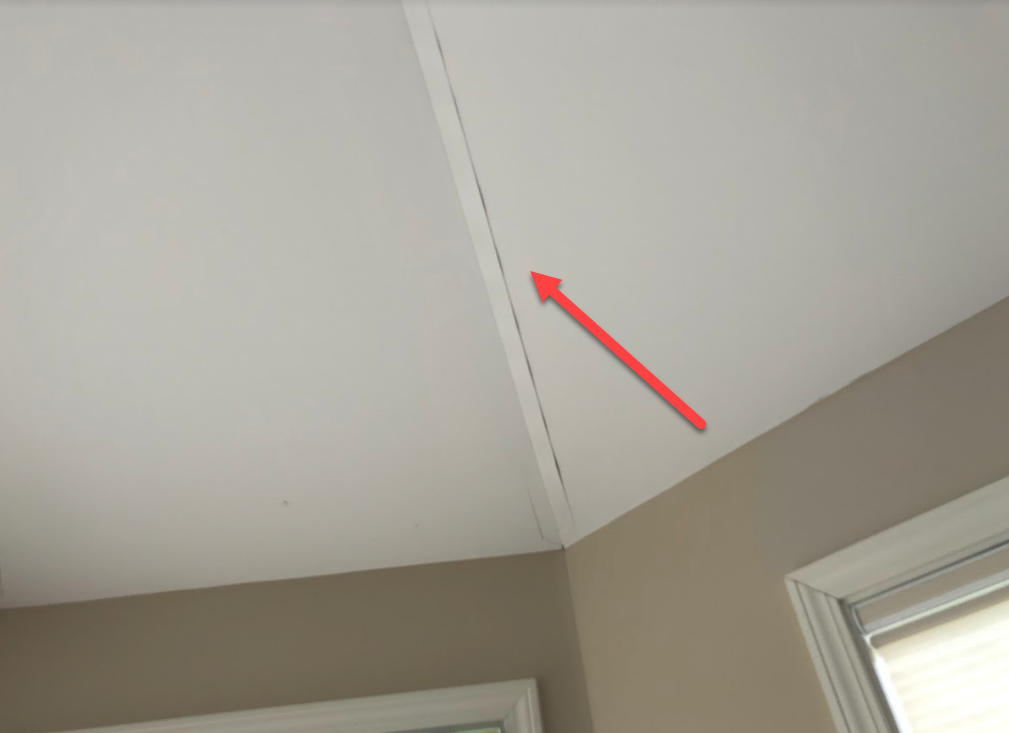

4. Water Damage
Water damage in your home can come from many sources. The first step in this repair is to find and fix the leak. This will often require a roofer or a plumber. Once it’s sealed and no longer causing damage, you can begin the drywall repair. Once drywall is wet, as it dries you will notice brown staining in circles around the area water found its way through. Always use a stain blocking primer to keep these stains from returning.
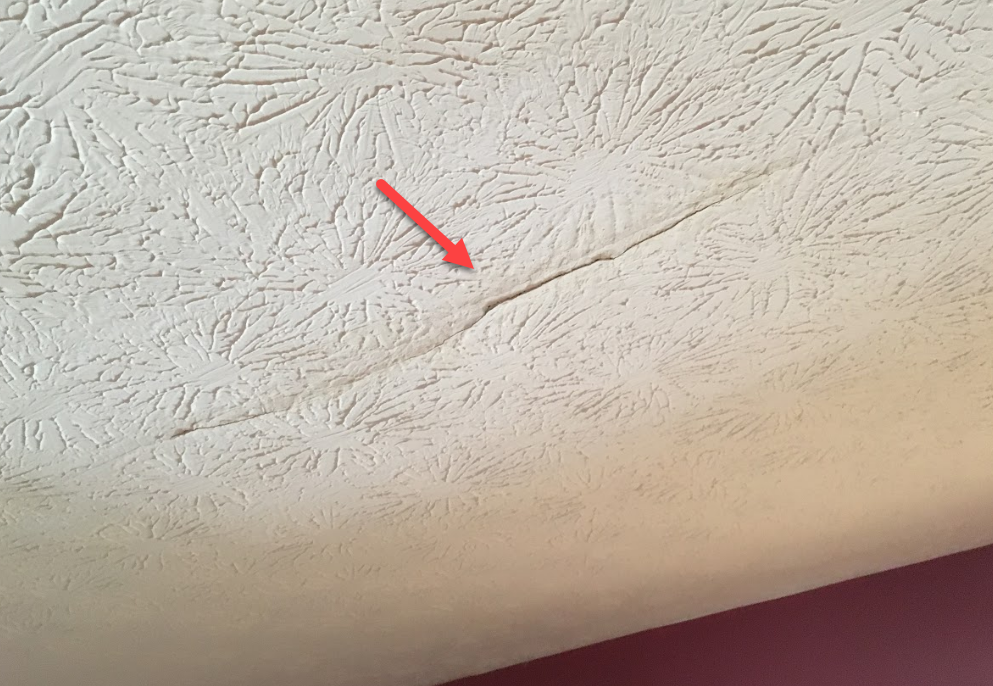
5. Patches from Damage or Wall Hangings
Any number of dings and bruises to the drywall can come out of everyday life. The repairs are similar in nature. Whether a chunk of wall was removed to make repairs behind the drywall, or a door swung open too quickly and made a quick punch through, or you just have paintings that you moved, the repairs are similar. For larger holes and cut throughs, use tape and cover the hole itself, then press a thick layer of joint compound onto it. For smaller, you may be able to do the drywall repair with only compound. Allow for dry time. Then sand and paint the wall. You’re sure to have a beautiful result.
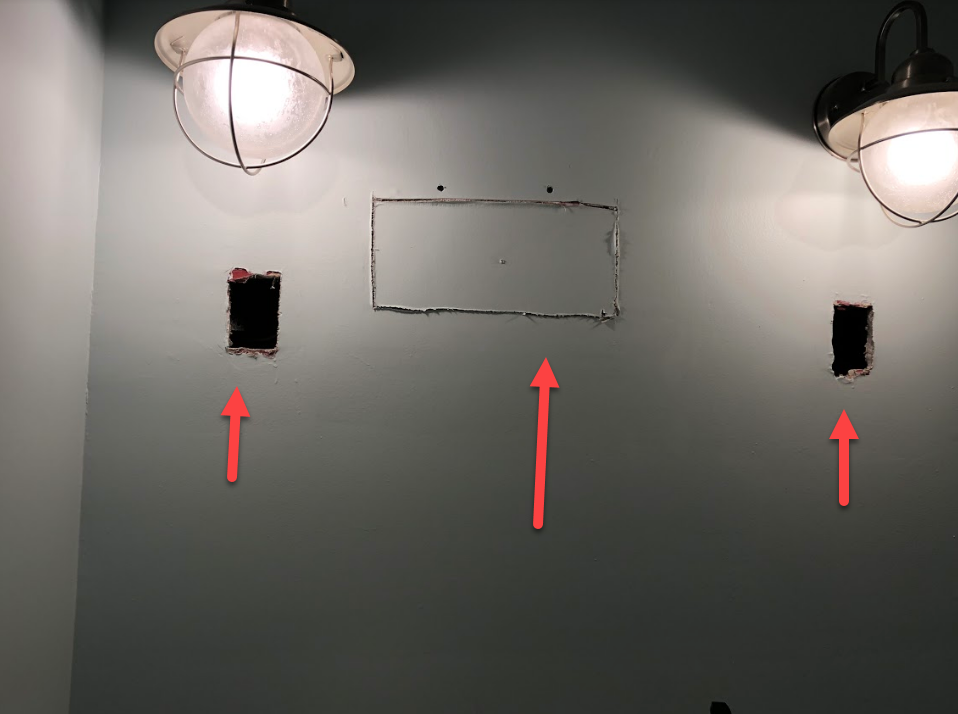
Not interested in making repairs yourself? We have experts on staff trained to complete drywall repairs of all sizes. Contact us now for a free estimate.





